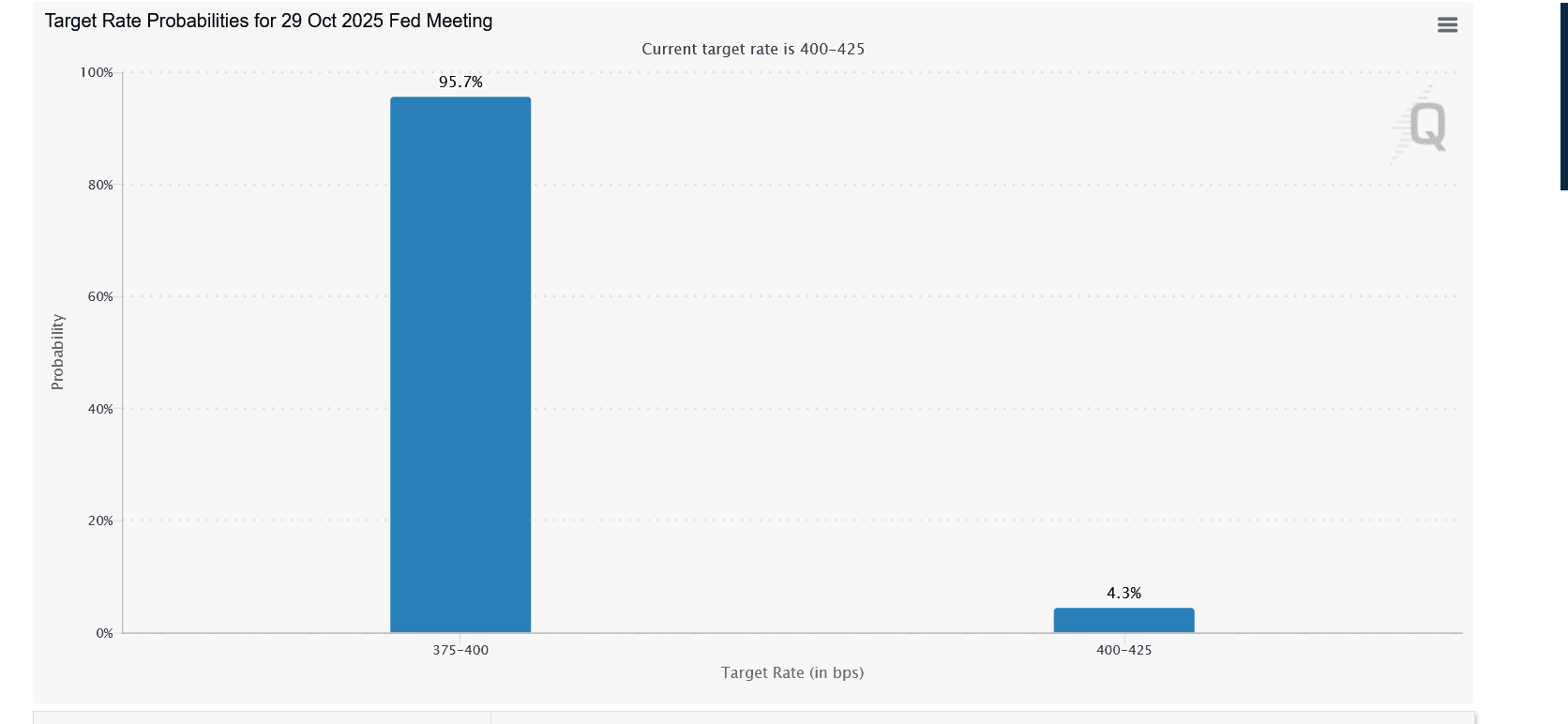Fidelity Clients Pour $154.6 Million into Ethereum as Interest Rises
Quick Take Summary is AI generated, newsroom reviewed. Fidelity clients invested $154.6 million in Ethereum, signaling strong institutional interest. The move boosts overall crypto market confidence and mainstream adoption. Ethereum institutional investment continues to grow due to staking rewards and network upgrades. Fidelity’s participation highlights the merging of traditional finance and blockchain innovation.References JUST IN: Fidelity clients buy $154.6 million worth of $ETH.
Ethereum, the second-largest cryptocurrency in market capitalization, has once again attracted attention. Fidelity clients have purchased approximately $154.6 million in Ethereum, signifying a rise in institutional demand and a belief in the cryptocurrency’s long-term value. This is an important moment as each week traditional finance companies increasingly establish digital asset businesses.
During the past year, institutional activity surrounding Ethereum has gradually increased. Fidelity’s large inflow stands out as one of the strongest signals of institutional adoption we have witnessed thus far. Given that investors across the globe are starting to think about diversification from bitcoin, and Ethereum remains the foundational layer of decentralized finance, smart contracts, and tokenized assets.
JUST IN: Fidelity clients buy $154.6 million worth of $ETH . pic.twitter.com/ESiB3Vek3z
— Whale Insider (@WhaleInsider) October 15, 2025
Why Fidelity’s Ethereum Move Matters to the Market
This large-scale investment is not just another headline. Fidelity’s clients entering Ethereum at this scale showcases renewed optimism across the broader crypto market. Institutional players now view Ethereum as a valuable asset class, not just a speculative token.
These investors opting for ETH instead of smaller altcoins indicates a belief in the long term stability of the network, as well as Ethereum’s potential to generate yield from staking, which traditional capital markets struggle to offer.
In addition, Fidelity’s action will likely spur additional asset managers to follow suit and expand the frontier for mainstream adoption of crypto. The $154.6 million inflow signals that big money is no longer hesitant about entering decentralized ecosystems.
Ethereum’s Position as the Institutional Favorite
Ethereum has emerged as the favored choice for institutions wanting to gain exposure to blockchain technology. Its flexible infrastructure facilitates the operation of thousands of decentralized applications, non-fungible tokens (NFTs), and financial protocols. This market dominance has oriented institutional investment into Ethereum as a safety and strategic play for wealth advisers and funds. While Bitcoin focuses on being a store of value, Ethereum offers substantial real-world utility in supporting smart contracts, decentralized exchanges, and the development of digital assets.
How Fidelity’s Entry Impacts Crypto Market Confidence
The impacts are already underway. Upon the announcement that Fidelity would acquire an ETF backed by Ethereum, Ether’s trade volume skyrocketed with retail and institutional investors responding as would be expected.
Improvements in these areas will raise overall trust in the crypto markets . It reduces volatility to some extent, which generally deters traditional investors. For example, institutions like Fidelity, established players that investors recognize as institutions, signal validation of the asset class, and ultimately lead to a greater understanding and acceptance of regulation.
Overall, institutional accumulation serves to send positive signals for long-term price longevity. As demand from institutional and retail investors continues to build, supply pressure diminishes. This results in a better outcome for upward price action.
A Sign of the Next Phase in Crypto Adoption
Fidelity’s decision to acquire Ethereum marks a substantial step in the broader movement of traditional finance becoming more entangled with blockchain technology. Already, we see financial behemoths introducing forms of cryptocurrency to their offering through products such as exchange-traded funds and custody. This emerging dynamic may lead to more retail investor access. And also more institutional investors have little hesitancy in including cryptocurrencies into their global investment allocation. When companies like Fidelity are confident to invest institutional capital, institutions may expand Ethereum institutional investment even at a more rapid rate.
Disclaimer: The content of this article solely reflects the author's opinion and does not represent the platform in any capacity. This article is not intended to serve as a reference for making investment decisions.
You may also like
Is Cardano (ADA) About to Rebound as the Fed Turns Dovish?

Sorare CEO still bullish on Ethereum despite ‘upgrading’ to Solana

Base co-founder discusses token issuance again—what does Zora’s launch of live streaming at this moment signify?
The current $850 million FDV still has reasonable room for growth considering Zora's ecosystem status and growth potential.

The last mile of blockchain, the first mile of Megaeth: Taking over global assets
1. The blockchain project Megaeth has recently reached a critical milestone with its public sale, marking the official start of the project. Its goal is to build the world's fastest public chain to solve the "last mile" problem of blockchain's management of global assets. 2. Industry observations indicate that the crypto punk spirit has been weakening year by year, and the industry's focus is shifting towards high-performance infrastructure. Against this backdrop, Megaeth is advancing the implementation of its project, emphasizing that the blockchain industry has moved past the early exploratory phase, and high performance has become key to supporting the next stage of application scenarios. 3. Industry insiders believe that all infrastructure has a "late-mover advantage," and blockchain also needs to go through a process of performance upgrades to drive scenario expansion. High performance is seen as the key to unlocking larger-scale applications. 4. With multiple chains exploring performance pathways, Megaeth positions itself as aiming to be the "fastest public chain," attempting to solve the challenge of "trillions of transactions on-chain." The team believes that addressing real-world problems is the most effective path, regardless of whether it is Layer1 or Layer2. 5. Megaeth's public sale is seen as the beginning of its "first mile" journey. Although it may face technical challenges, the potential brought by its differentiated underlying architecture is highly regarded and is expected to give rise to new industry paradigms.
